
Keys for the design of learning environments
When facing the design of learning environments, it is important to take into account that 65% of children who currently go to school will have jobs that do not yet exist. This opens up a whole range of questions to be reconsidered: Are we preparing our children for the society in which they will live? Does it make sense that the educational system is based on accumulating information?… And from our point of view as architects and designers: Are educational spaces designed to foster all the talent of children?
places to learn to learn
Taking into account the above data, we become aware of the importance of new educational aspects. Ways of conceiving learning that move away from the traditional model and place the focus on the development of the child’s abilities. Changing the paradigm of education necessarily means adapting the spaces in which it takes place.
The space must be a place to learn from and that encourages creativity, the development of individual talent and self-discovery. That is, how to learn to learn. The individuality of each child, his way of finding inspiration, how he concentrates or works in a group better, come to the fore. Design learning environments that respect diversity and encourage their skills.
But how to get it? The classroom, the school, the playground or the corridors… should be heterogeneous places that integrate different learning scenes. Or as Rosan Bosch would say: the environment conceived as a “Learning Landscape” and not as a uniform environment (Schools that unleash creativity)

Colors, materials, ceiling heights, small or large spaces, different degrees of lighting, the presence of certain furniture or not… All of this influences how we feel inside a space: inspired, motivated, active, relaxed, concentrated,… The environment as a whole is always a powerful stimulus that can work for or against learning.
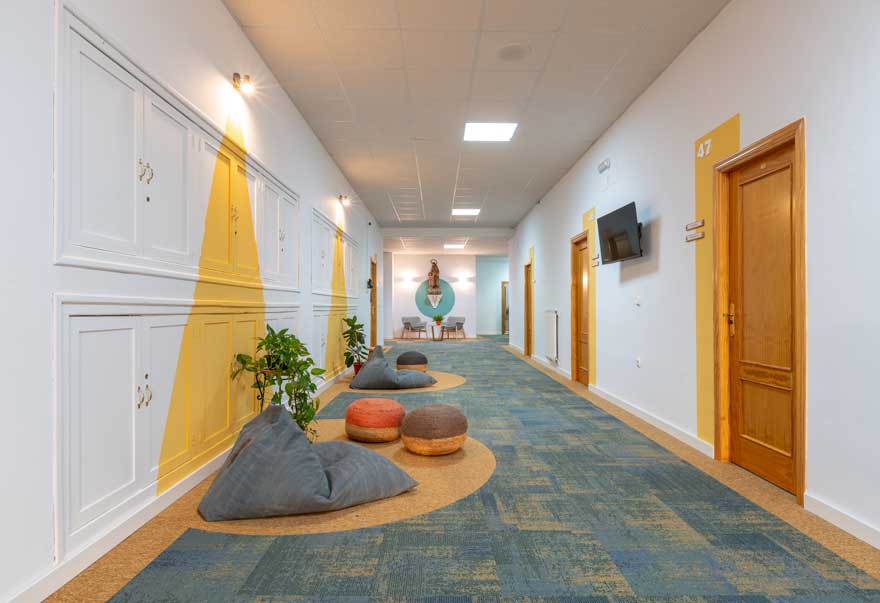
design of specialized learning environments
Create a physical environment that makes children feel free to move, build their process, experiment through their creativity, browse and discover their own motivations. Leaving behind the conception of the classroom as a place for the transmission of unidirectional information, to be that landscape where each child finds their space to learn based on their specific needs at specific times.
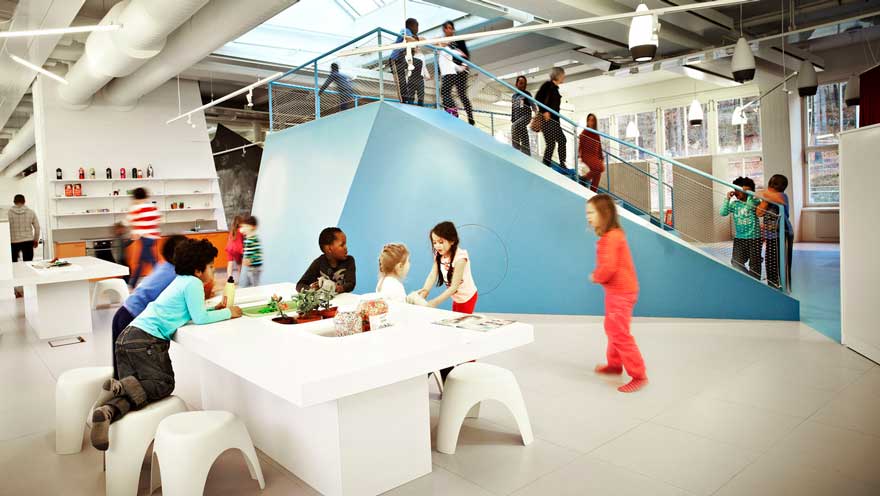
For example, Rosan Bosch talks about different types of environments:
–TOP space: environment focused on a specific point in which someone speaks or exposes for the rest
–RING space: environment for teamwork, inspiring, informal or not, on the floor, around a table… A space where the optimal conditions are given to put all individual talent at the service of common work.
–MOVEMENT space: environments where you can move and activate the body to, in turn, activate the mind.
San José School design in Málaga (Filbak)
–SOURCE space: places intentionally designed to cause meetings and socialize. Exchange inspirations and information in a free-flowing and informal way.
–CAVE space: environment that promotes concentration. Physically it could be a place that imitates a cave, a secluded and isolated space, or a quiet corner that is not necessarily closed.
–GET ON WHIT IT space: places differentiated or not from the rest, where you can experiment, get dirty, touch, try things,…
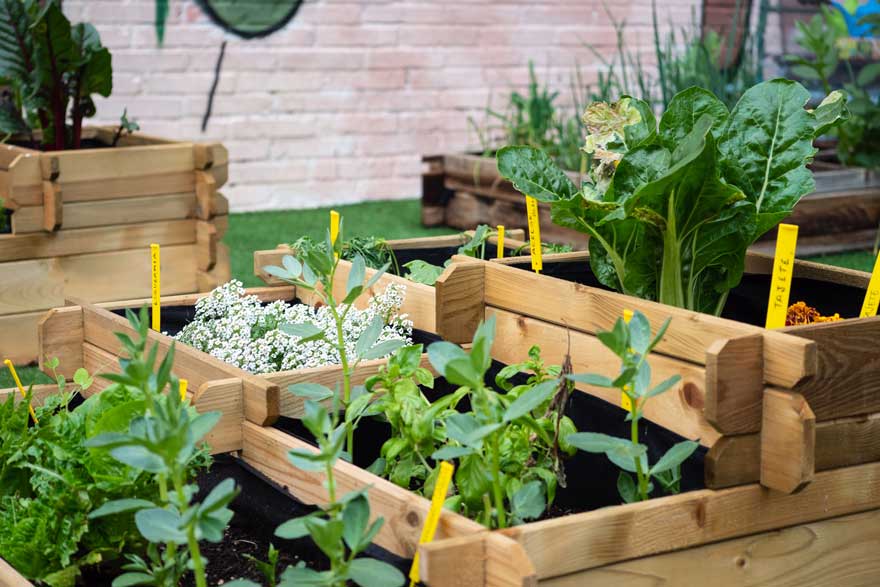
promote learning according to individuality
In addition, an important trend in the design of learning environments is the Montessori method. Above all, for its influence on interior design in terms of ergonomics and furniture design. Furniture and spaces designed at the height of children so that they can interact and learn about their environment. As a consequence, motivate them to be independent and as self-sufficient as possible, reinforcing their self-esteem and confidence in a stimulating learning environment.
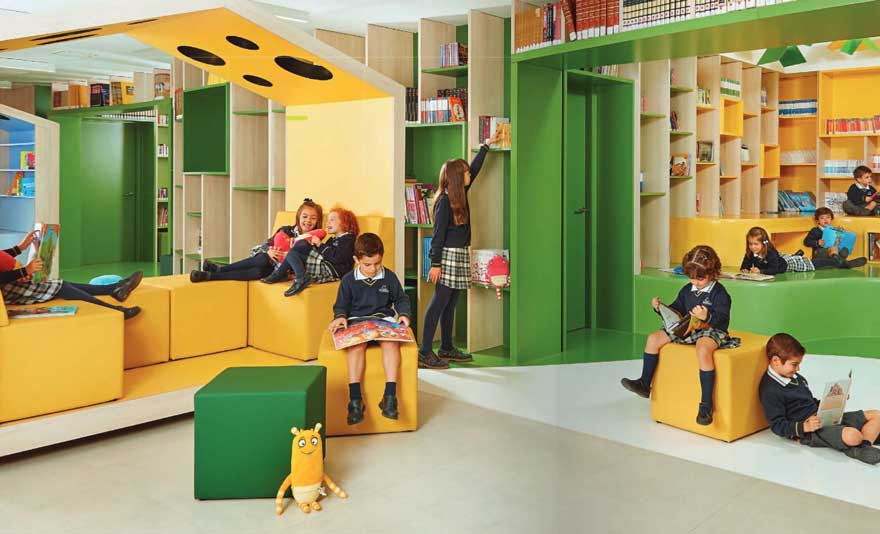
In the end, it is about creating schools that offer the possibility of developing the full potential of children. Fill educational environments with games, inspiration, elements with which to cultivate curiosity,… Build places to learn that respect the diversity of independent human beings that children are, attending to their specific needs. And above all, that wherever they learn they find a space where they can be autonomous and free. Because only in this way will we be creating the foundations of a better future society, made up of valuable adults.
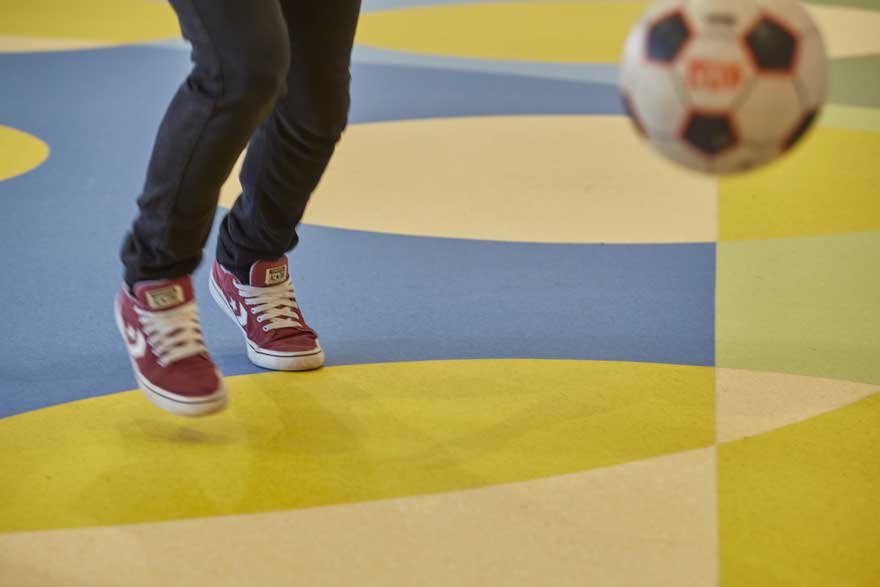
If you are interested in the design of learning environments, we have this other post that you should read. And to not miss anything, follow us on social networks.
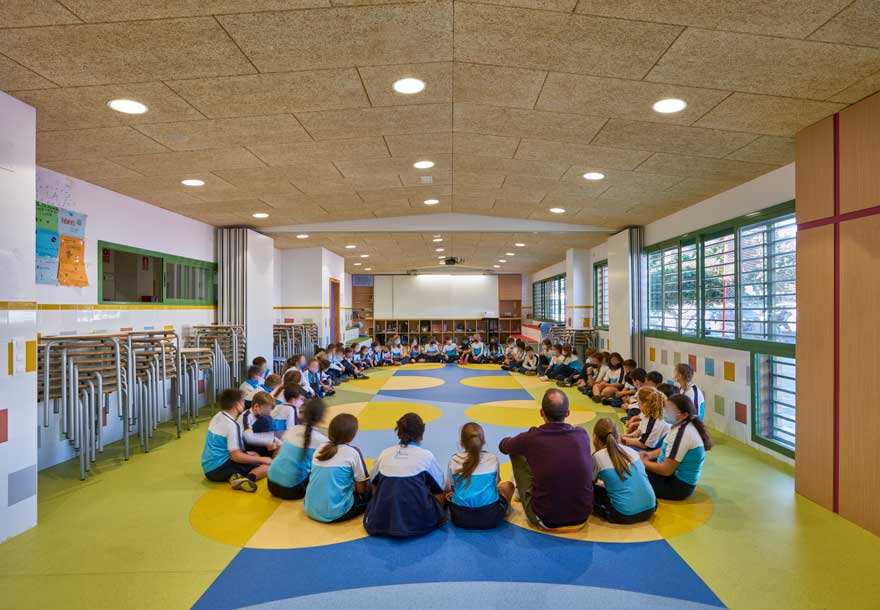

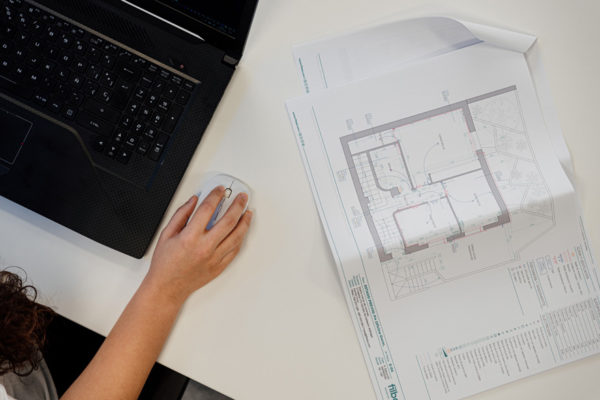
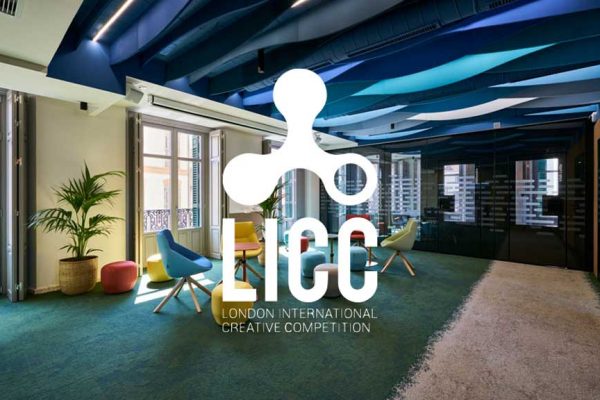
Leave your comment